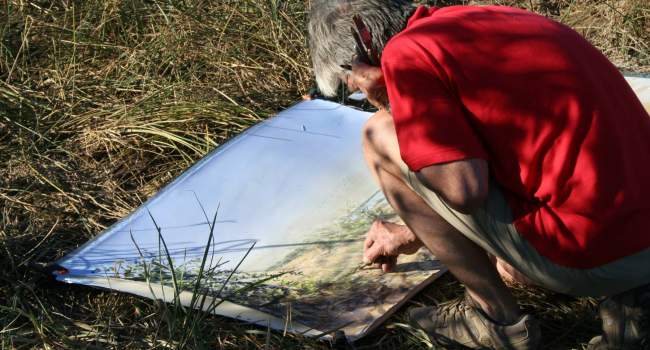Wind‐associated detours promote seasonal migratory connectivity in a flapping flying long‐distance avian migrant
Author(s): Norevik, G., Åkesson, S., Artois, T., Beenaerts, N., Conway, G., Cresswell, B., Evens, R., Henderson, I., Jiguet, F. & Hedenström, A.
Published: October 2019 Pages: 12pp
Journal: Journal of Animal Ecology
Digital Identifier No. (DOI): 10.1111/1365-2656.13112
Abstract
It is essential to gain knowledge about the causes and extent of migratory connectivity between stationary periods of migrants to further the understanding of processes affecting populations, and to allow efficient implementation of conservation efforts throughout the annual cycle. Avian migrants likely use optimal routes with respect to mode of locomotion, orientation and migration strategy, influenced by external factors such as wind and topography. In self‐powered flapping flying birds, any increases in fuel loads are associated with added flight costs. Energy‐minimizing migrants are therefore predicted to trade‐off extended detours against reduced travel across ecological barriers with no or limited foraging opportunities.
Here, we quantify the extent of detours taken by different populations of European nightjars Caprimulgus europaeus, to test our predictions that they used routes beneficial according to energetic principles and evaluate the effect of route shape on seasonal migratory connectivity.
We combined data on birds tracked from breeding sites along a longitudinal gradient from England to Sweden. We analysed the migratory connectivity between breeding and main non‐breeding sites, and en route stopover sites just south of the Sahara desert. We quantified each track's route extension relative to the direct route between breeding and wintering sites, respectively, and contrasted it to the potential detour derived from the barrier reduction along the track while accounting for potential wind effects.
Nightjars extended their tracks from the direct route between breeding and main non‐breeding sites as they crossed the Mediterranean Sea–Sahara desert, the major ecological barrier in the Palaearctic–African migration system. These clockwise detours were small for birds from eastern sites but increased from east to west breeding longitude. Routes of the tracked birds were associated with partial reduction in the barrier crossing resulting in a trade‐off between route extension and barrier reduction, as expected in an energy‐minimizing migrant.
This study demonstrates how the costs of barrier crossings in prevailing winds can disrupt migratory routes towards slightly different goals, and thereby promote migratory connectivity. This is an important link between individual migration strategies in association with an ecological barrier, and both spatially and demographic population patterns.








Share this page